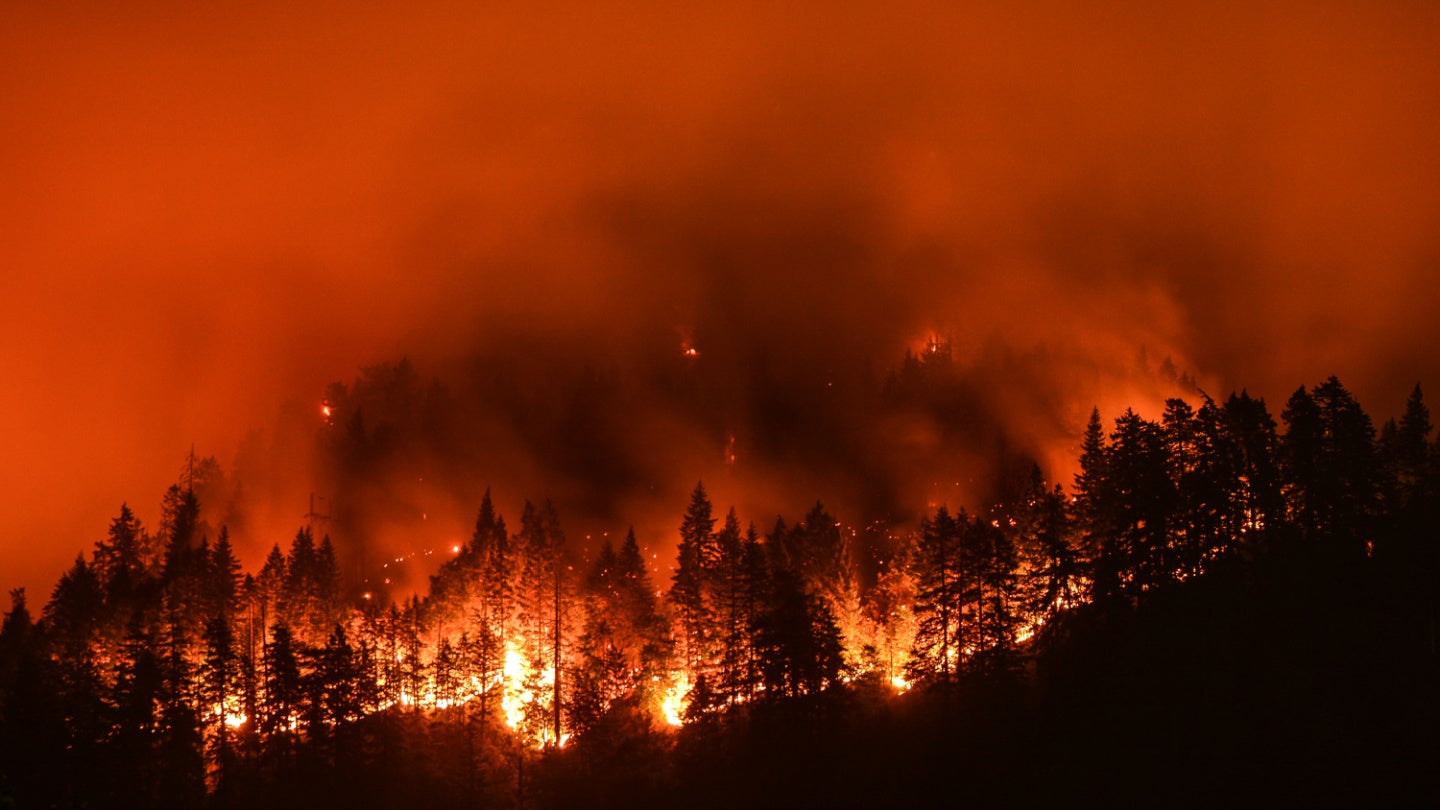
In July 2023, there was no escaping the hot weather.
Southern Europe experienced Hellish temperatures in a punishing heatwave that saw temperatures in Italy, Southern Spain, and Greece float to around the 40-degree Celsius mark. Italian authorities issued hot weather alerts in over 20 cities across the country, including popular tourist destinations Rome, Florence, and Bologna. Meanwhile, Greek authorities closed Athens’ ancient Acropolis during the hottest part of the day on 14 July to protect tourists from the worst of the heat.
It is no exaggeration to say that temperatures in Southern Europe have reached dangerous levels. Wildfires in Rhodes left tourists stranded as planes could not get on and off the island in July 2023. Weather patterns are becoming more uncertain and volatile, not just in Europe but globally.
This uncertainty around weather makes it difficult to forecast which months would be ideal to visit a particular country. This may lead to tourists opting for safer options, whether that is to more northern countries or deciding to avoid a summertime holiday altogether.
Tourism props up economies in Southern Europe.
According to Allianz, tourism accounts for the largest share of total gross value added in Croatia (11.3%), closely followed by Portugal (8.1%), Greece (7.7%), Spain (6.9%), and Italy (6.2%). The United Nations World Trade Organisation also reported in 2020 that Southern Europe accounted for 20% of the global tourism market.
Countries in Southern Europe are dependent on tourism for their economies and are vulnerable to external shocks, such as a pandemic or extreme weather patterns. To use Spain as a prime example of this catch-22 scenario, its tourism sector contributed 8.5% to the total economy and created 2.5 million jobs in 2022, according to the World Travel and Tourism Council. In Q1 2023, Spain’s real GDP grew by 0.5% quarterly, up from 0.4% in Q4 2022, primarily due to external demand, especially in the tourism sector.
How well do you really know your competitors?
Access the most comprehensive Company Profiles on the market, powered by GlobalData. Save hours of research. Gain competitive edge.

Thank you!
Your download email will arrive shortly
Not ready to buy yet? Download a free sample
We are confident about the unique quality of our Company Profiles. However, we want you to make the most beneficial decision for your business, so we offer a free sample that you can download by submitting the below form
By GlobalDataChanging weather patterns could irrevocably shift tourist habits, which in turn will cause irreversible changes to Europe’s economy. This includes rethinking how to market countries like Italy, Spain, and Greece as tourist destinations.
Hot to trot – in the winter
Volatile weather conditions in Europe mean that the continent’s tourism industry can go one of two ways. The first route is a shift towards Northern European countries as more popular summer holiday destinations for other Europeans. This is already the case for countries such as Ireland, the Czech Republic, and Denmark, which have seen their tourism industries grow in the 2020s.
The alternative is rebranding Southern Europe as a winter destination, particularly for other Europeans who fancy the idea of being able to get away in colder months for a bit of sun, without the long flight and hefty price tag.
Winter destinations have traditionally been the purview of the wealthy who can afford to go long distances for a bit of sunshine in the Northern Hemisphere’s winter months. This, however, will be contingent on the warmer winter weather in parts of the Northern Hemisphere.
The bottom line is this: tourist destinations across the globe will have to develop better infrastructure, including investing in more sustainable tourism to protect local ecosystems, culture, and economies that are all reliant on this practice to remain afloat. There will also have to be changes to when and where Europeans go on holiday. 2023’s extreme summer of heat has exemplified this in a sadly perfect way.






Related Company Profiles
Allianz SE